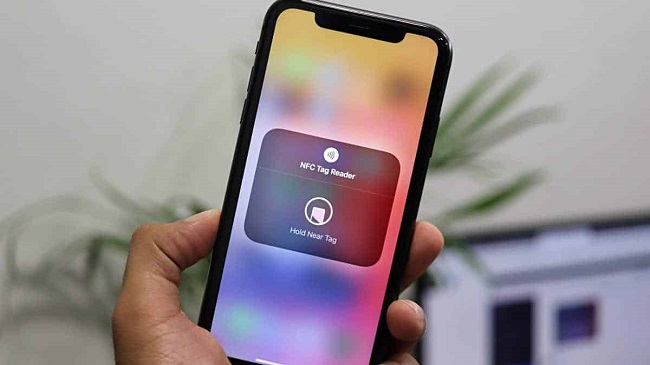Near Field Communication (NFC) has opened new realms of connectivity, bringing convenience and simplicity to daily tasks. An essential component of this technology is the NFC tag reader, enabling seamless exchanges of data in a secure and efficient manner.
This article delves into the world of NFC tag readers, providing a comprehensive understanding of their workings, usage, and history.

A Brief History of the NFC Protocol
Born from Radio Frequency Identification (RFID) technology, NFC was first introduced to the public sphere in 2002.
Developed collaboratively by Philips Semiconductors, Sony, and Nokia, this wireless communication technology aimed to enhance interactivity and simplicity in data sharing across devices.
Working and Usage of NFC Protocol
The magic of NFC lies in its ability to enable contactless communication between two devices. It does this by creating a radio frequency field, which allows for secure data transfer over short distances (typically under 4cm).
This is leveraged in diverse applications, including contactless payments, ticketing systems, access controls, and data sharing.
Types of NFC Devices
There are three types of NFC devices:
Step 1: Active NFC devices (like smartphones) which can both send and receive data.
Step 2: Passive NFC devices (like tags and cards) which cannot send data but can receive.
Step 3: Semi-passive devices (like NFC card readers) which can send, receive, and process information.
NFC Tags
NFC tags are passive devices embedded with tiny microchips that store information like URLs, text, or commands. They are activated by an NFC device, such as a smartphone, which reads the information and performs the stored task.
Working Mechanism of an NFC Tag
The NFC tag operates via inductive coupling. When an active NFC device (like an NFC-enabled smartphone) comes into proximity with an NFC tag, an electromagnetic field is created, energizing the tag and enabling the transfer of data.
NFC Tag Reader
The NFC tag reader is the active component in this setup. It can both read data from and write data to an NFC tag. In many cases, smartphones double up as NFC tag readers.
Working Mechanism of an NFC Tag Reader
The NFC tag reader, upon coming into close proximity with an NFC tag, creates an electromagnetic field.
This energizes the tag, initiating data transfer between the two devices. The reader then deciphers the data for further use or action.
Using Mobile Phone as an NFC Tag Reader
Smartphones have become ubiquitous NFC tag readers, thanks to their flexibility and convenience. The process varies slightly between Android and iOS devices.
Use an Android Phone as an NFC Tag Reader
Step 1: Go to Settings > Connected devices.
Step 2: Tap on ‘Connection Preferences’, followed by ‘NFC’.
Step 3: Toggle the switch to enable NFC.
Step 4: Bring your phone close to the NFC tag to read the information.
Use an iPhone as an NFC Tag Reader
Step 1: iPhone XS or later can read NFC tags by default.
Step 2 Simply unlock your iPhone and bring it close to the NFC tag to read the information.
Step 3: For older iPhones (7 to X), use an NFC reader app.
Create Your Own NFC Tags
Step 1: You can also write your own NFC tags using an NFC-capable smartphone.
Step 2: Download an NFC tag writing app from the Play Store or App Store.
Step 3: Launch the app, enter the information you want to store, and select ‘Write’.
Step 4: Place your NFC tag close to your smartphone. The app will confirm once the tag is written successfully.
Conclusion
In this wireless era, NFC tag readers have emerged as invaluable tools, bridging physical and digital spaces with unparalleled ease. With your newfound knowledge, you are ready to leverage this potent technology, adding an extra layer of convenience to your daily life.


